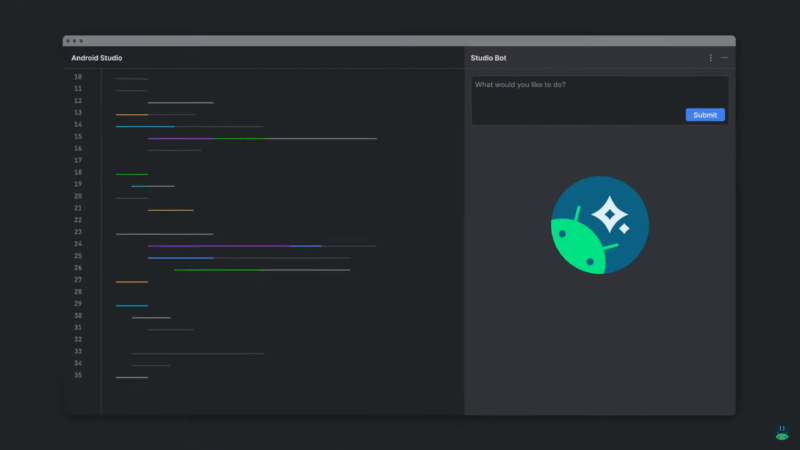-
 chevron_right
chevron_right
Google jumps into the AI coding assistant fray with Codey and Studio Bot
news.movim.eu / ArsTechnica · Wednesday, 10 May, 2023 - 22:47

Enlarge / Android Studio will get a dedicated helper chatbot called Studio Bot. (credit: Google )
During today's I/O presentation, Google announced Studio Bot, an AI assistant that Android developers can use to help write and debug code.
Built on Codey and the revised PaLM 2 large language model, Studio Bot is only available to US developers for now and is in its "very early days," Google said. It's part of Android Studio, Google's official integrated development environment (IDE) for Android devs.
This is distinct from another Codey-based project that is meant to compete directly with GitHub's Copilot at completing and generating in-line code.

